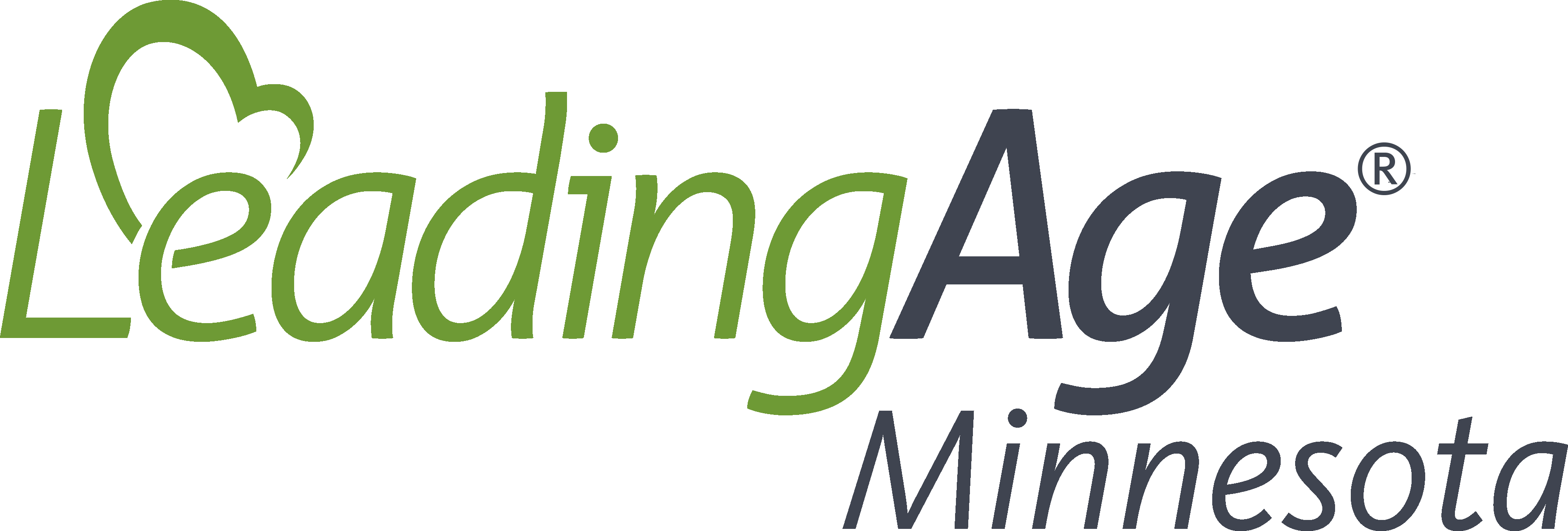Care Center Occupancy Takes Big Hit from COVID-19
Posted on July 15, 2020 by Jeff Bostic
The Long-Term Care Imperative has recently finished a special analysis of occupancy data for the first half of 2020. As anticipated, the results show that the spread of COVID-19 had a major negative impact on care center occupancy in the second quarter. However, the impact varied by region and did not hit every provider at all.
First quarter occupancy was largely unimpacted by COVID-19, with the average of 85.7% being close to last year’s annual average of 87.1%. The impact of fewer elective surgeries and reluctance to admit to congregate settings was unmistakable in the second quarter. The statewide second quarter average was almost seven percentage point lower at 78.8%, by far the lowest quarterly figure we have ever observed.
The table below shows the quarterly results for each region for the first half of this year
|
Region |
1st Quarter |
2nd Quarter |
|
|
Occupancy |
Occupancy |
Change |
|
|
Twin Cities Metro |
87.4% |
77.1% |
-10.3% |
|
Northeast |
83.0% |
78.1% |
-4.9% |
|
Northwest |
89.0% |
86.5% |
-2.4% |
|
East Central |
85.9% |
81.2% |
-4.7% |
|
West Central |
84.8% |
78.8% |
-6.0% |
|
Southeast |
83.5% |
77.7% |
-5.8% |
|
Southwest |
84.0% |
80.4% |
-3.6% |
|
Statewide |
85.7% |
78.8% |
-7.0% |
The regional data shows that not all regions are experiencing the same occupancy impact from COVID-19. The Twin Cities metro region had been in a strong position and was highest in the state in the first quarter, but they took the biggest hit in the second quarter, dropping more than ten percentage points and ending up with the lowest occupancy of any region. Southeast and West Central Minnesota also had large drops, while the Southwest and Northwest had the least impact.
The impact of COVID-19, in addition to not being the same across regions, was not the same for individual providers. While 85% of providers saw a decline in occupancy from the first quarter to the second, that means that 15% saw an increase in occupancy. Not surprisingly, the Northwest had the most providers experiencing an increase in the second quarter, 32%, but even in the metro area 6% of providers saw an increase in occupancy in the second quarter.
The Long-Term Care Imperative will continue to track the occupancy situation regularly to see whether a recovery is happening. Low occupancy is a major drag on provider revenue, and while the federal CARES Act has provided relief funds that can be used to address that issue, it is not clear whether there will be additional federal or state assistance that is targeted to addressing revenue loss, which will be a major problem if the decline in occupancy persists.
We received responses from 296 care centers in less than two weeks, so we want to thank all providers for their participation in this survey. The quick and almost complete response allowed us to complete this analysis faster than we had anticipated and to give providers a benchmark for how they have been doing compared to their peers over the last few months.
Comments
Add a comment
Members must sign in to comment
You must be a member to comment on this article. If you are already a member, please log in. Not a member? Learn how to join »

No one has commented on this article yet. Please post a comment below.